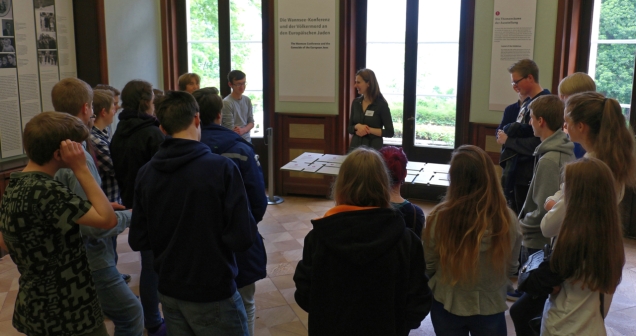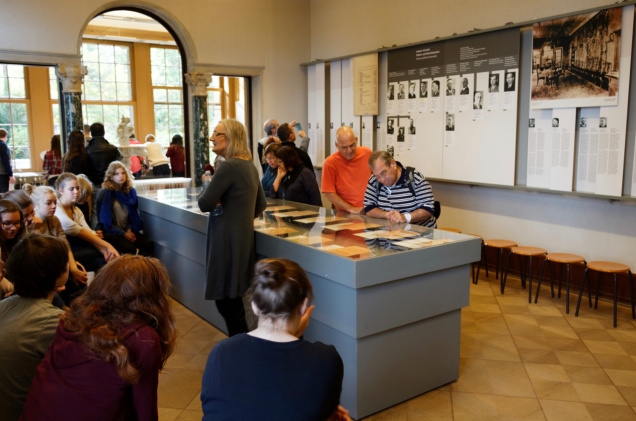Although the history of human flight really took off, as it were, when the Wright Brothers put an engine in a glider, they were always careful to attribute much of their success to the groundwork done by another pair of brothers: Berlin aviation pioneers Otto and Gustav Lilienthal.

The shape of an airplane as we know it today – two wings, longish body, horizontal and vertical stabilisers at the back – was developed by Otto and Gustav during their long years of observing birds, testing in wind tunnels and jumping off elevations in home made gliders. Berlin’s Technisches Museum has a great collection of Lilienthal gliders, including the type Otto built in a series of at least ten – making it the world’s first commercial aeroplane.
As Otto Lilienthal said in one of his lectures – there are three challenges in aviation: taking off, stability and landing. As clichéd as this may sound today, the principle is still valid. It was achieving stability during flight that caused him the greatest problems, and, in 1896, ultimately cost him his life. During a flight from the cliffs at Stölln, some 40 km north-west of Berlin, Otto’s glider suddenly stalled, plunged straight down, and broke his neck. There is a museum at the site.

The Lilienthal brothers grew up in the provincial town of Anklam (another Lilienthal museum!) and had been fascinated by the flight of birds since they were children. The area is a well known stopover for migrating storks, and observing these large and heavy birds glide through the sky without much visible effort convinced the Lilienthal boys that human bird-like flight must be possible. They experimented by jumping off hills with wings of fabric attached to their arms, but of course never managed to even glide.
But their observations of birds put them, once and for all, in the ‘heavier than air’ camp. ‘Heavier’ or ‘lighter than air’ was a fundamental debate between aviation pioneers. Hot air and helium balloons (‘lighter than air’) had been available since the 1780s, but Otto Lilienthal wasn’t impressed. He had seen the French use them to escape the siege of Paris while fighting the Franco-Prussian War (1870-71), but they usually drifted straight into the clutches of the German forces.
Balloons evolved into airships (the alternative word ‘dirigible’, means ‘steerable’), but the Lilienthal brothers’ ideal remained to unravel the mystery of the flight of birds. In a polemic with famous Berlin physicist Helmholtz, who had stated that human bird-like flight was mathematically impossible, Otto made the point that as no-one had yet understood how birds flew, it was also impossible to deny that capability to humans.

Returning to Berlin after the war, Otto, a mechanical engineer, set himself up as a manufacturer of compact steam engines to fund his flying experiments. He also got involved in the ‘social question’ – the plight of the hundreds of thousands of poor factory workers living in abominable circumstances. Unlike Gustav, he never became a communist, but he was the first employer to introduce profit sharing for his workers.
Gustav, meanwhile, trained as an architect and tried and failed at different careers – working in London as a builder, returning to Berlin to start an applied arts school for wealthy girls, and, most famously, inventing toy sets that would be the forerunners of today’s Lego. Together with Otto, he invented the famous ‘Anker’ stone building bricks, as well as the forerunner of Meccano, but due to dodgy business partners, failed to make much money from them.
Otto married Agnes, a girl he had met on an early project developing machinery for Saxon coal mines. They had four children, but Otto wasn’t much of a family man. As the years progressed, he developed an almost maniacal energy in pursuing a wide range of interests.
In 1892, Otto had accepted a share in a broke theatre (the Ost-End, located on what now is Karl-Marx-Allee) in lieu of payment for a heating system, and got fascinated with the art of theatre (and with a certain young actress). Otto would spend his days in the factory and evenings at the theatre, playing minor parts (to everyone’s embarrassment) and eventually publishing a play. Otto felt that workers should be able to enjoy a good play and staged the classics at low prices – offering the Volksbühne a stage before they eventually acquired their own theatre in 1914.

By 1896, the year when Otto fell to his death, he was able to glide distances of up to 250 metres. Near his home in Lichterfelde, in south-west Berlin, he built the ‘Fliegeberg’ (flying mountain), a 15 metre high artificial hill (today, a monument in a small park that is worth visiting). From here, he could take off in all directions, independent of prevailing winds, and it also meant he could do some flying between working at the factory and leaving for the theatre, instead of having to wait until Sunday to go to the cliffs at Stölln.
Otto pursued his dream of flying with ever greater tenacity, and both Agnes and Gustav unsuccessfully tried to discourage him. After Otto’s death, the factory soon went bankrupt, and Agnes had to raise her four children as a poor widow. When the Wright brothers found out, they mailed Agnes a $1000 check as a token of their respect for Otto, and visited his grave (in Lichterfelde, one of Berlin’s graves of honour) both times they gave flying demonstrations in Berlin.

Gustav, meanwhile, never gave up the idea of truly flying like a bird. At Tempelhof airfield, as late as 1928, passengers on Lufthansa flights to Vienna or Königsberg would see him working on a contraption with engine-driven flapping wings. All it ever was able to do was slowly roll across the tarmac – it never flew.















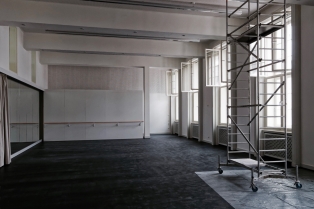





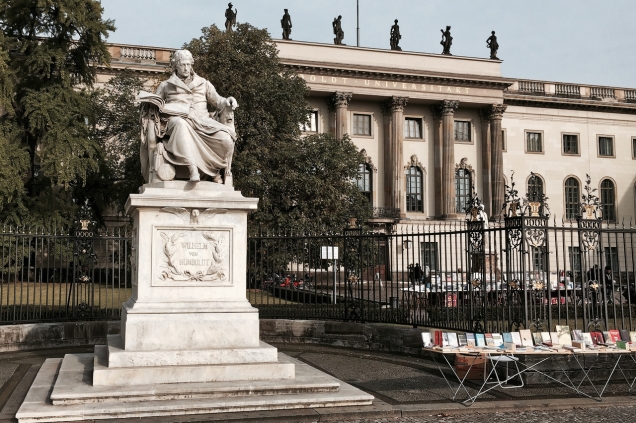











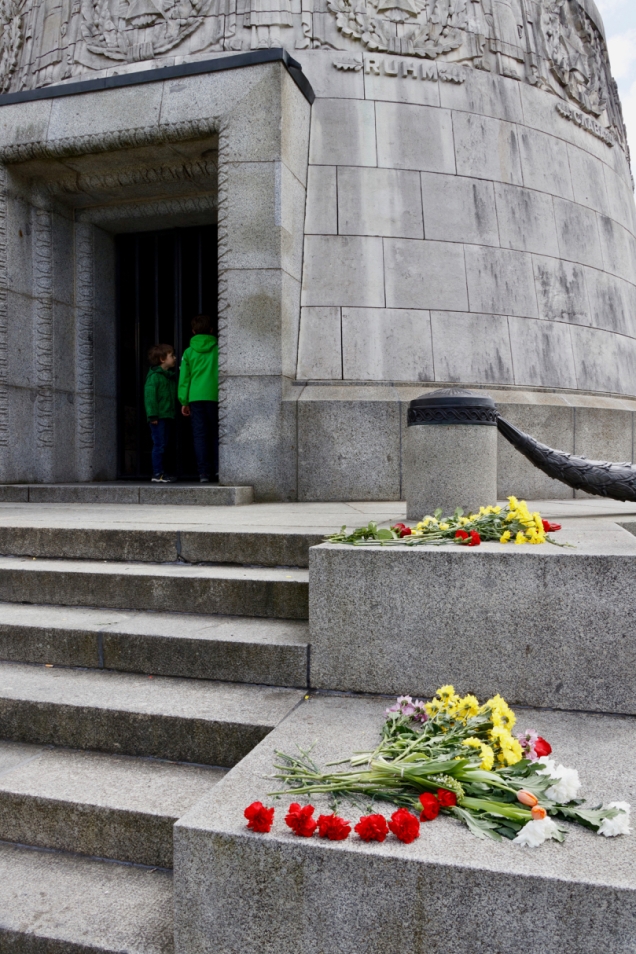

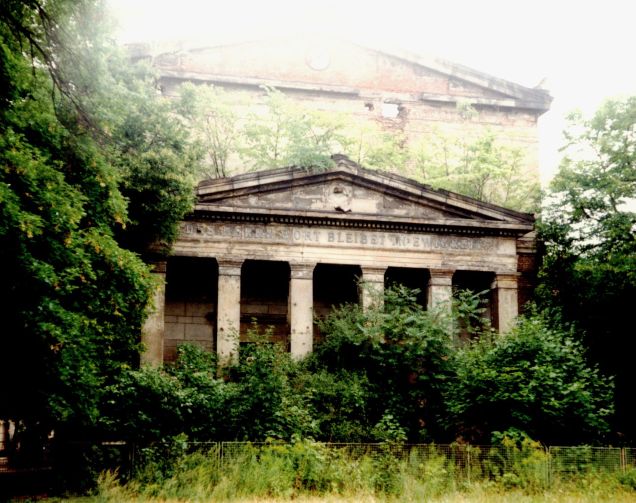












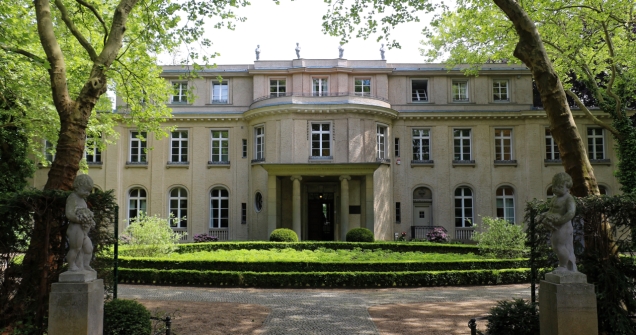 The House of the Wannsee Conference, a lakeside villa located roughly halfway between Central Berlin and Potsdam, is a place that is important and interesting for several reasons. First of all because it is the location where a group of senior Nazis and government officials on 20 January 1942 cemented the ‘Final Solution to the Jewish Question’ – the euphemism they used for the mass deportations of all European Jews to death camps in Eastern Europe.
The House of the Wannsee Conference, a lakeside villa located roughly halfway between Central Berlin and Potsdam, is a place that is important and interesting for several reasons. First of all because it is the location where a group of senior Nazis and government officials on 20 January 1942 cemented the ‘Final Solution to the Jewish Question’ – the euphemism they used for the mass deportations of all European Jews to death camps in Eastern Europe.